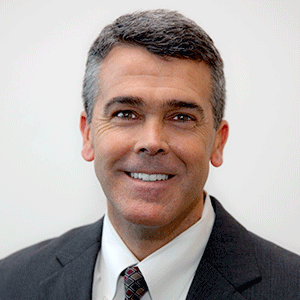Barbara Frank, Cathie Brady & David Farrell
Authors of A Long Term Care Leader’s Guide to High Performance: Doing Better Together

Barbara Frank

Cathie Brady

David Farrell
Your systems create your outcomes. This is one of W. Edward Deming’s principles for quality improvement. He noted that organizations perform better when systems engage staff closest to the customer, because they have the most timely, accurate information about what is working and how to improve on what isn’t. Deming recognized that we can only improve our systems by improving the relationships of staff working in those systems. Jody Hoffer Gittell took this concept a step further and developed the theory of relational coordination, which she tested in nursing homes in Massachusetts. She found that the nursing homes with the best outcomes had systems for huddles among staff closest to the residents. 49 nursing homes in a Pioneer Network learning collaborative had similar results. Dr. Amy Elliot, studied these homes, and mapped how the flow of communication resulted in better care. The communication map for engaging staff in individualizing care is available on the Pioneer Network website Resource Library.
Our policies and procedures assume high staff engagement and that everyone is working well together. But, in truth, every leader has to work for high staff engagement every day. It’s easier said than done because there are many forces that work against the practice of high staff involvement, yet your staff hungers to contribute. Key organizational systems can engineer teamwork into daily practice. These systems start with consistent assignment to create daily caregiving stability for the resident. CNAs and nurses then get to know residents so well that they can anticipate their needs. They also know when something is amiss. Now they need ways to be able to alert others and get the help they need for their residents. These systems include shift huddles and management stand-ups with staff, so staff can share what they know about their residents, ask for the help they need, and hear important information they need to know. Involving CNAs in care planning and in clinical initiatives comes naturally once they’re contributing to daily huddles. Having staff’s timely accurate information and involvement in problem-solving is essential for good outcomes.
These practices need each other to succeed. They come as a bundle. The synergy of these practices working together makes their total impact, when taken together, far greater than the sum of their parts. If, for example, a leader was to only execute on consistent assignment but not huddles, you would not get the same results as another leader who implemented both.
The Requirements for Participation state that nursing homes, “must develop and implement a comprehensive person-centered care plan for each resident.”
The survey guidelines explain that Person-centered care includes:
– making an effort to understand what each resident is communicating, verbally and nonverbally,
– identifying what is important to each resident with regard to daily routines and preferred activities, and
– having an understanding of the resident’s life before coming to reside in the nursing home. The guidelines explain further that each nursing home must:
- Actively seek information about residents’ choices
- Be “pro-active” in assisting residents to fulfill their choices
- Make residents’ choices known to caregivers The dementia survey directs surveyors to find out:
- Does admission staff communicate verbally and/or in writing to CNAs and other staff about these preferences and patterns in a timely manner? • Are preferences and usual patterns related to dining integrated into meal, snack, and beverage planning for the resident?
The dementia care critical element pathway instructs that for the dementia survey, surveyors ask these questions of staff:
- Can you tell me about the resident’s care plan and his/her condition (including underlying causes)?
- How, what, when, and to whom do you report changes in condition?
- How are changes in the care plan and the resident’s condition communicated to staff?
- How are you made aware of the resident’s daily care needs?
Consistent assignments, shift huddles, management stand-up with staff, involving CNAs in care planning and in clinical efforts like antipsychotic reduction – these systems are the infrastructure for delivering person-centered care, and meeting the new requirements for participation. Your systems create your outcomes!
Cathie Brady, David Farrell, and Barbara Frank are co-authors of A Long Term Care Leader’s Guide to High Performance: Doing Better Together (Health Professions Press 2018), which is available on the Pioneer Network On-line bookstore today or you can get a signed copy at the 2018 Pioneering a New Culture of Aging conference in Denver August 12 – 15.


